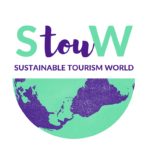The Gambia: overview and sustainable development challenges - 2014

The Gambia is one of the countries where UNDP is working on sustainable development through the Millennium Development Goals.
Unfortunately, the Gambia is now famous because of Ebola. According to recent news reports, the Gambia government has made a move to protect its citizens and visitors. In what looked like a precautionary measure, the Gambia has banned the ferrying of air passengers into the country from areas in West Africa affected by the Ebola virus.
This week, I want to share info about this Country of West Africa.
The Gambia is one of the smallest countries in West Africa, surrounded by the Republic of Senegal on all sides except the Atlantic Coast. The country stretches approximately 400 km eastwards, and its width varies between 80km at the Atlantic and about 28km in the inland east. The country is divided horizontally by the River Gambia, and the total land area is 11,295 square km, 50 per cent of which is arable land.
The climate has Sudano-Sahelian characteristics of short rainy seasons, with rainfall varying from 900 mm to 500 mm and between 14 degrees C and 40 degrees C. The population is approximately 1.7 million, and it has grown fairly rapidly at 2.8% per year over the last decade, with a youthful population (aged 0 -34) forming the bulk of the population at almost 63%.
The Gambia’s economy is predominantly agrarian, with a low per capita income of approximately US $510 in 2013. The economy is primarily dominated by services and agriculture, which account for 59 per cent and 29 per cent of GDP, respectively. Agriculture employs about 44 per cent of the population.
Most of the population (57%) is concentrated around urban and peri-urban centres. The Gambia has maintained a relative stability and peace reputation, although its sub-region has been marked by recurring instability and conflict.
The Millennium Development Goals and the UNDP’s work are relevant to The Gambia’s development context as they set clear targets for reducing poverty, hunger, illiteracy, disease, discrimination against women, and environmental degradation, as well as the requisite global partnerships in support of such efforts. In effect, the objectives and pillars of the PAGE are very much correlated with the MDGs.
At the highest levels, the Government of the Gambia has committed itself to integrating the MDGs into its planning processes. The Programme for Accelerated Growth and Employment (PAGE)is the main interface between the Government and the Gambia’s development partners. It is fully aligned with the MDGs and is a medium-term strategic plan leading to a developed and prosperous Gambia. The focus of PAGE is to accelerate pro-poor growth and generate employment.
Info: UNDP Millenium Development Goals http://bit.ly/VzbV9o
Photo: Wikipedia
Partners and supporters for sustainable development in Gambia
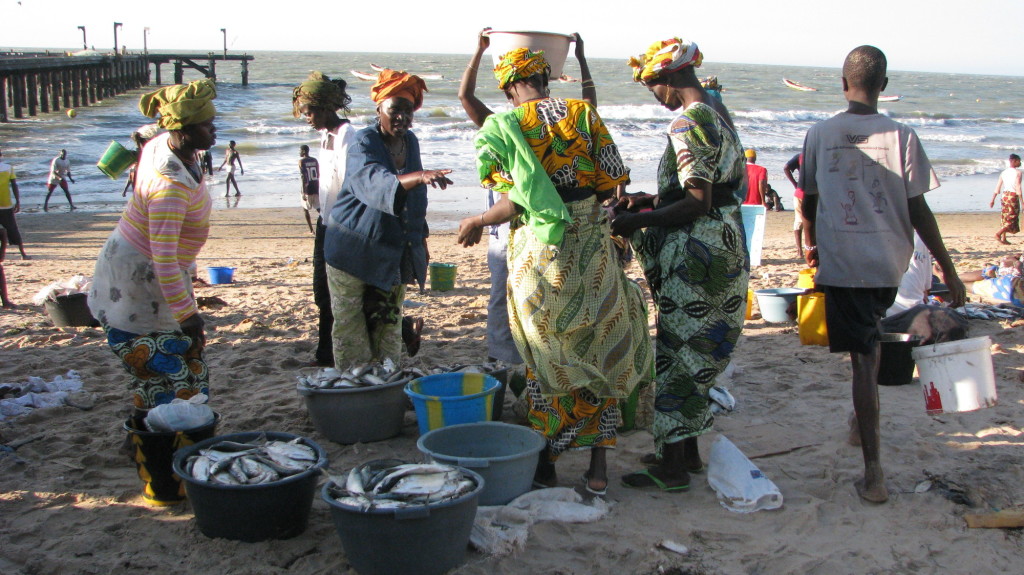
The latest UNDP report, which was released in July 2014, encourages the government of The Gambia to continue investing in sustainable development. Read more at http://bit.ly/1pW39NX
The Gambia is working hard to reach the 2015 millennium sustainable development goals. One project has been developed in partnership with important companies and organisations: Fisheries Sustainability in The Gambia, MSC Certification Process.
Locally known as Ba Nafaa the project is supported by USAID and implemented by CRC and WWF. Project activities were carried out in partnership with The Gambia Department of Fisheries and other fisheries stakeholders in The Gambia and Senegal. 5 years (2009-2014) working on a more sustainable management of artisanal fisheries in the Gambia and selected stocks shared with Senegal. The projects incorporate significant participation of fisherfolk in decision-making and attain improved economic benefits for both men and women involved in the market value chain. The focus is on oyster and sole fishery.
Kaufland, a major German retailer, has also supported the project, thanks to in-store initiatives that Kaufland ran in 2011 and 2012.

The project addressed other factors for sustainable fisheries management, including climate change vulnerability and adaptation. As Kathy Castro, University of Rhode Island, wrote in 2013, the goal was not only the MSC label but the movement towards sustainability: bio-diversity protection, poverty reduction, food security, and employment and income generation.
In 2012,, the Republic of The Gambia granted exclusive use rights to the TRY Oyster Women’s Association, a group of women shellfish harvesters, the first for women in that part of the world.
The Sole Fishery Co-Management Plan, signed in early 2012, created a particular management area for the sustainability of the sole fishery in the Gambia.
In 2013, Water, Sanitation, and Hygiene (WASH) management plans were signed, and five potable water points and five toilet facilities at two oyster harvesting sites and two fisheries landing sites were transferred to local communities.
In May 2014, the Ministry of Fisheries and its line department handed over the final BaNafaa Water Sanitation and Hygiene WASH infrastructure facilities to the oyster and fishing communities of Sanyang and Tanji in Kombo South, West Coast Region.
In his handing-over speech, Minister Mass Axi Gye noted that the Government of The Gambia would continue to prioritise the development and sustainable management of the fisheries sector to attain national socio-economic development.
Have you ever considered a sustainable certification as a potential investment to help your economy and lead to sustainable development? Let me know your opinion.
Info & reference (news and documents shared online: copy and paste to read the articles):
1. http://bit.ly/1naGSsj
2. http://bit.ly/1vigL7R
3. http://bit.ly/XAKDl9
Pdf – 2013: Fisheries Sustainability in The Gambia
Latest news 2014: http://bit.ly/XAKIoP
Photo labeled for reuse on google:
1. http://bit.ly/1uXsAmA
2. http://bit.ly/1vio0ga
Sustainable tourism in Gambia: Bully Jaiteh from Gam Excursions
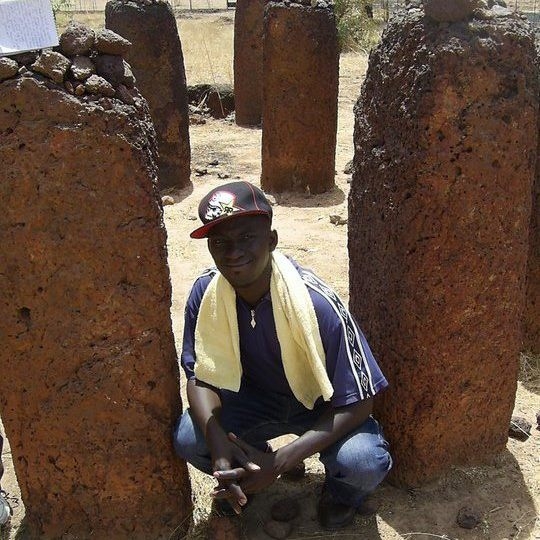
I am glad to introduce you Bully Jaiteh a great person working in sustainable tourism in The Gambia.
Hi, my name is Bully Jaiteh. I am the founder of Mbading Homestays and Village Experience Mhave and the administrator of Gam Excursions.
I have acquired levels 2 and 3 in travel and tourism. I belong to the Mandinka tribe and can speak English, a little French, and three major local Gambian languages.
I am thankful for my skills and knowledge and for the strength to use my energy in this area of work. However, I realise that a lot more can be done to achieve responsibility and sustainability in the Gambia.
I know very well Gambia’s history, geography and culture because I have been an experienced tour guide for years. Here is the link to my page on Facebook Page: Mbading Home Stays And Village Experiences, The Gambia
Sustainable tourism in the Gambia with Gam – Excursion,Gambia, Africa
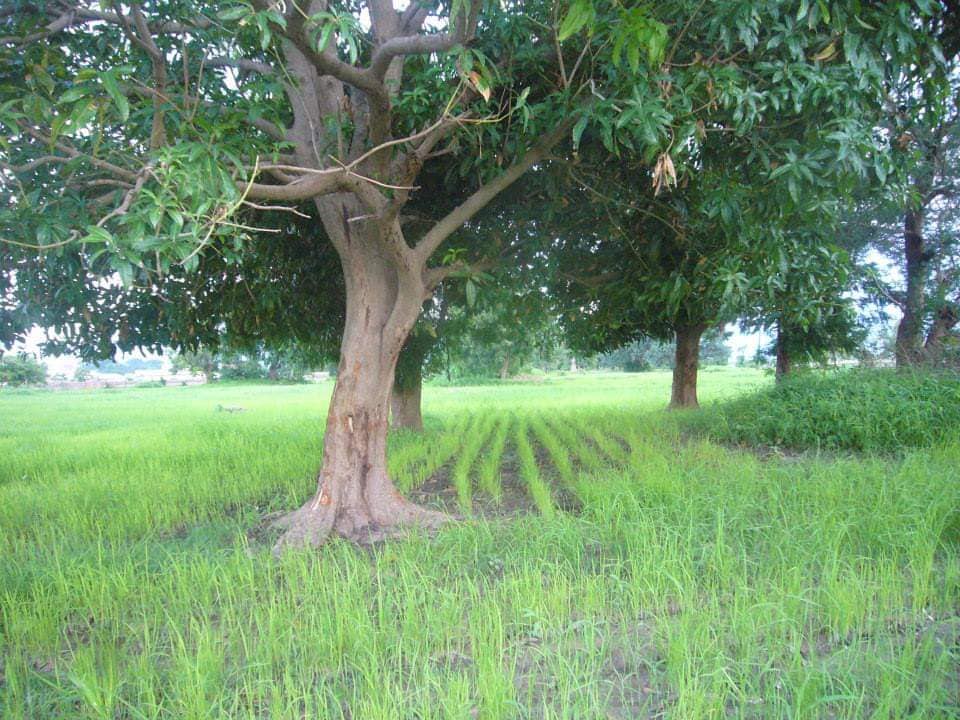
Sustainable Tourism in the Gambia with Gam – Excursions is a small, locally owned organisation in the Gambia.
Bully Jaiteh is telling us about his organization: Gam – Excursion. It offers community-based excursions, guiding services, homestays, cooking and dancing classes in our Gambia cultural encounter and traditional society experience to independent travellers and groups of tourists.
Gam Excursion’s sole aim is to promote sustainable and responsible tourism best practices in the Gambia. We have highlighted this achievement by offering our excursions, which benefit the local people, preserve their culture, and appeal to the natural environment.
We offer homestay experiences through which tourists have direct encounters with the local people and have firsthand experience about the daily routine life of the local communities. Some of the tourists end up as volunteers by involving themselves in community services like teaching and other projects.
We offer job opportunities for local people and training services to become local guides. Our entire excursion has special percentages to support local projects in communities, which are basically directed towards supporting early childhood education, environmental conservation, and awareness programs.
We tailored our tours by using sustainable modes of transport from local people. Bike and walking tours are all offered to minimize the tourist effect on the natural environment.
Another activity we do is Gambia cultural encounter & traditional society experience, this tour makes a difference because it helps to generate income to the local people and it enhances the linkages between tourism businesses and poor people.
Tourism’s contribution to poverty reduction is increased, and poor people can participate more effectively in product development.
This tour will also help generate local economy because the places we visit will earn them something that can improve their daily standards.
For more info: Gam – Excursion Facebook Page and Gam website!
South Gambia Foundation - sustainable development in the Gambia
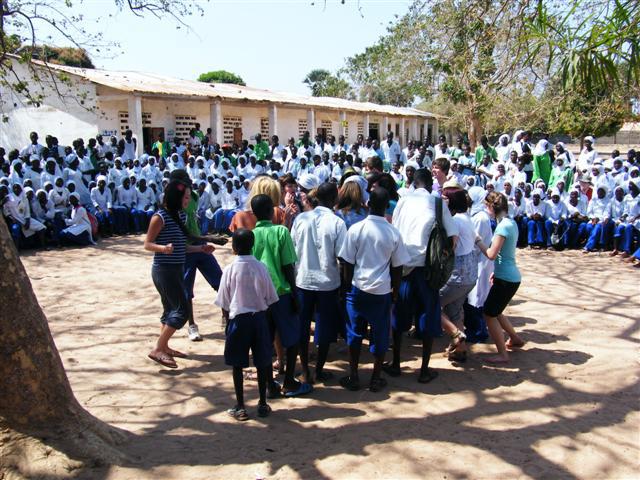
South Gambia Foundation is a community-based organization in Gambia that works in sustainable development.
The sole aim is to champion and support community-based development projects actively charting a path towards a more sustainable future in communities.
They are trying to support the creation of employment, social awareness, cultural encounters in the Gambia, environmental protection, and conservation by creating a sustainable way to health, education, the environment, and improved livelihoods.
The organization gives people a real taste of Africa in the Gambia, a real-life experience in search of hospitality, cultural encounters, an information guide, accommodation, a local taxi, or an attraction in the Gambia. Environmentally, we embark on cleansing exercises. The initiative is geared towards keeping the environment clean for healthy living among young people and society at large.
In our quest to nurture young people for behavioural change in our society, we offer character education to young people.
We also offer cross-cultural encounters, where we bridge the gap between people of diverse cultures to come together and share about each other’s unique cultural diversity, making the world a global village. Part of environmental conservation is the initiative to bring up a Jalisut bee-keeping centre and an outreach program to a local horticultural garden, sensitizing local women about sustainable practices.
Thanks to the founder Omar A.J Saho, who gave us information, and the author Bully Jaiteh. To find out more, please visit South Gambia Foundation facebook group
Can sustainable development be achieved with Craft markets?
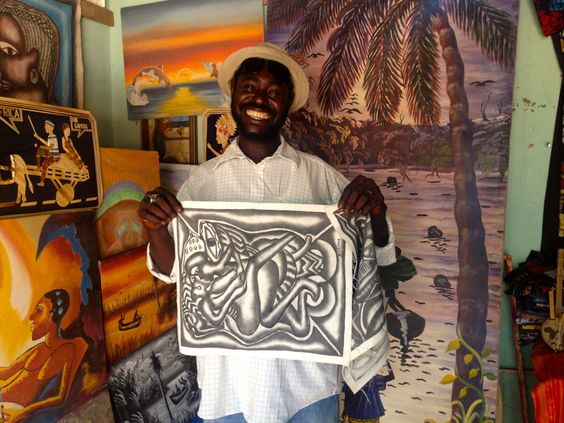
Local markets are generally my favourites for buying food and souvenirs when I am visiting a place. The reasons for my choice are several:
- the food is genuine and tasty,
- the souvenirs from the market are more likely connected with the local culture and tradition
- all the money spent goes directly to the local community, helping the local economy
The government of Gambia agrees and believes that craft markets will lead the country to sustainable development and more sustainable tourism.
Craft market value and better collaboration were, among other reasons, what called for the formulation of the Craft Market Federation, which brought them together under one umbrella. It was initiated by the various craft market associations in the hospitality industry. This is because collectively, they will be able to work together and tackle any challenge that comes the way of any of the member associations.
Being under one umbrella allows them to gain more from each other in terms of uplifting their general knowledge, welfare, and entrepreneurial skills. Hence, craft market vendors consist of woodcarvers, finishers, producers, and sellers, among other skilled members.
The Craft Market Federation takes a step further.. read more here http://bit.ly/1pUNzSA
In my opinion, the result of this collaboration is already positive. Gambia has decided to take advantage of the tourism sector and use it to grow and diversify the local economy. The Gambia has found the best way to promote local arts and culture and create a personalised tourism offer; even if this cannot be the only solution for the African state’s severe problems, it can be considered one of the paths to follow and develop.
Today, the Craft Market Federation’s major difficulty is breaking into the international market. In the next years, they want to innovate, develop, and diversify their products.
Have you ever considered craft markets a way to diversify the local economy and to lead to sustainable development? Let me know your opinion about it.
Ps. Photo credits Wikipedia and travellingshopaholic.com
